

The Duke of Northumberland River, or Duke's River, is an artifical waterway built in the 1500's to transfer water from the River Crane to power mills. It runs from just west of Twickenham towards Isleworth where it merges with the Thames. The river came in the possession of the Duke of Northumberland in 1604 until the 1931 when the rights were sold to Middlesex County Council.
I followed the guidelines from the Friends of River Crane website starting at Twickenham Station, a walk through Syon Park afterwards then the bus back to Twickenham which made quite a pleasant walk.

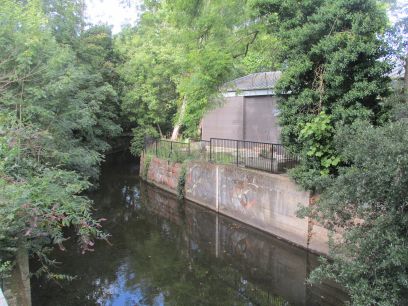
A walk of just 100m from Twickenham Station brought me to the bridge over the river Crane. As part of the redevelopment here the land along the Crane has recently been reworked and there is now a pleasant cycle and foot path alongside called Twickenham Junction Rough. It was quite busy with dog walkers enjoying the morning sunshine and hard to believe I was just yards away from the busy town.
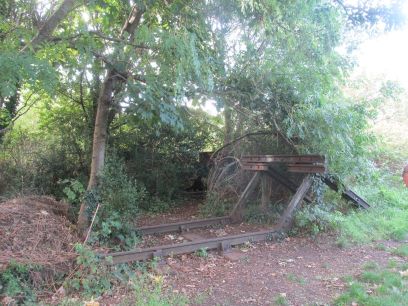
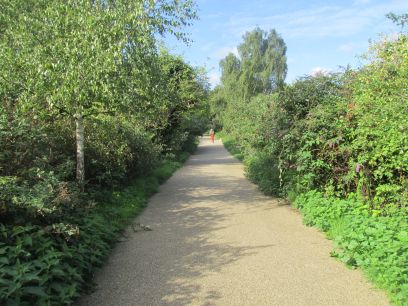
Twickenham station used to be to the west of its present location as Twickenham Junction and there were sidings to support the railway. This short stretch of line and a buffer stop is a remnant of the old sidings. A map here shows what the old station tracks looked like (thanks to https://railforums.co.uk for the link.) The new footpath really is quite pleasant.


After Twickenham Rough the route continues along the Crane for a little more and the woodland becomes even more countrified. There are several carved seats along the walk, this one showing a kingfisher which frequent the area.

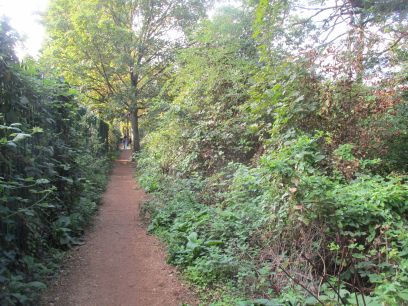
My route now parts from the Crane and I pick up Duke's river via a short walk through Mereway Nature Park to join it slightly down from its junction with the Crane. More very nice walking through woodland.
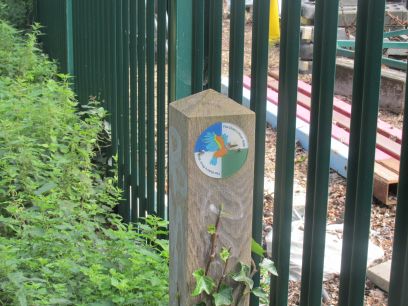

The logo of the Duke's River which includes another kingfisher. I was on the lookout for these beautiful birds and may well have seen three of them. First two of them together but with green rather than blue plumage which promptly disappeared under the foliage and refused to come out for me to photograph them. Then a little later one flew with a flash straight in front of me before disappearing, just its characteristic sing song somewhere in the trees. I may or may not have seen the elusive kingfisher! Then the large stadium of Twickenham Stoop, home of the Harlequins, comes into view
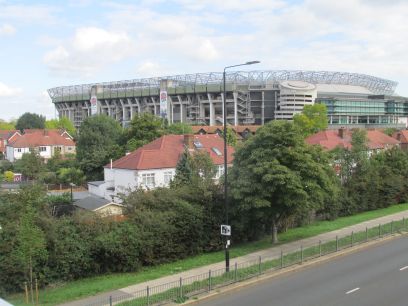
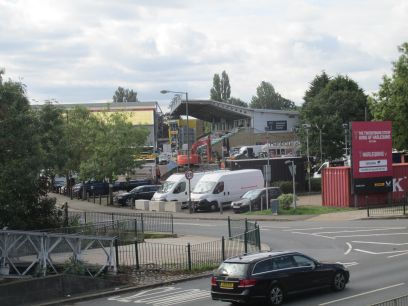
The busy A316 Chertsey Road is crossed via a footbridge. A rugby stadium visible each side of the road, Twickenham Stadium on the north side, Stoop on the south.

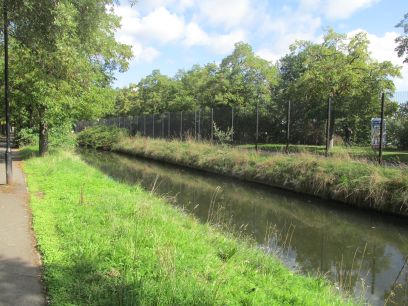
After another short stretch of road the river flows through the middle of Mogden Sewage Treatment works, the second largest sewage works in the UK. Air not so fresh for a while!
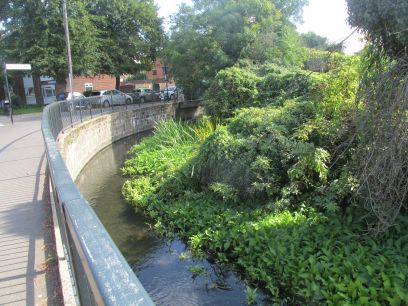

The river runs alongside Riverside Walk where two mills and a moated house used to be. Then it bends round to the east and flows through St John's Park.
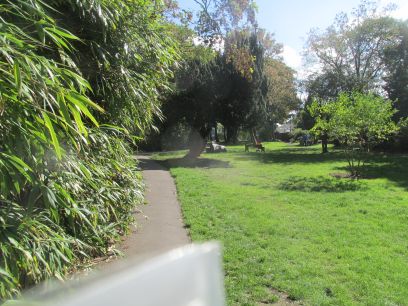

Then Silverhall Park, site of the former Silverhall House and Sermons Almshouses built in 1843. The park leaves over a very old bridge.
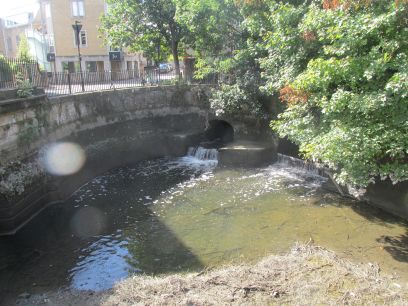

The end of Duke's River at Isleworth and Mill Platt, a basin where barges were loaded with flour from the mills. Then into the Thames opposite Isleworth Ait.
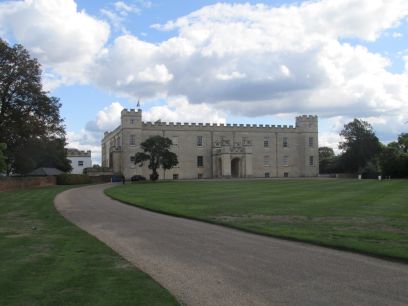
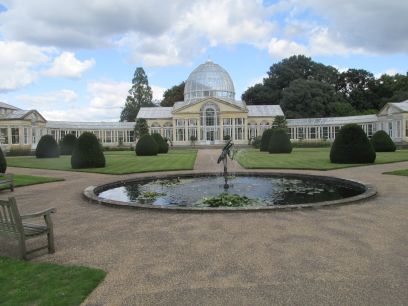
I continued into Syon Park and had lunch in the new garden centre which opened last year. Syon House is the London home of the Duke of Northumberland and the river at one time fed the ponds here. The house itself is closed on Fridays but the gardens were open so popped in to have a look. Both the house and the Great Conservatory are spectacular buildings.


Inside the Conservatory is full of all sorts of exotic plants from around the world.


There is a formal garden but most of the grounds are parkland and woodland around a large pond.
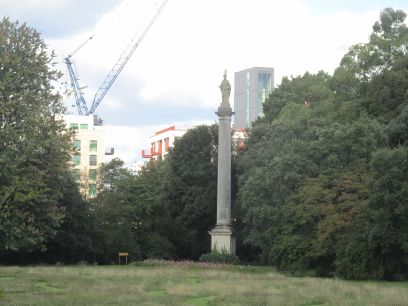
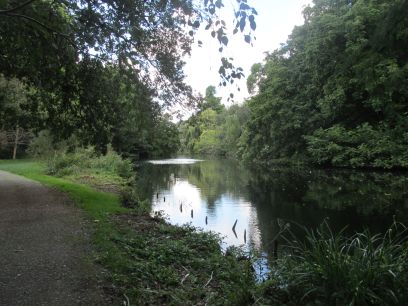
The other end of the lake and woodlands and Flora's Column on Flora's Lawn.
After leaving Syon Park I caught the bus back to Twickenham station and made my way home. The Duke's River was certainly worth a walk, a lovely stretch of countryside right in the heart of London.